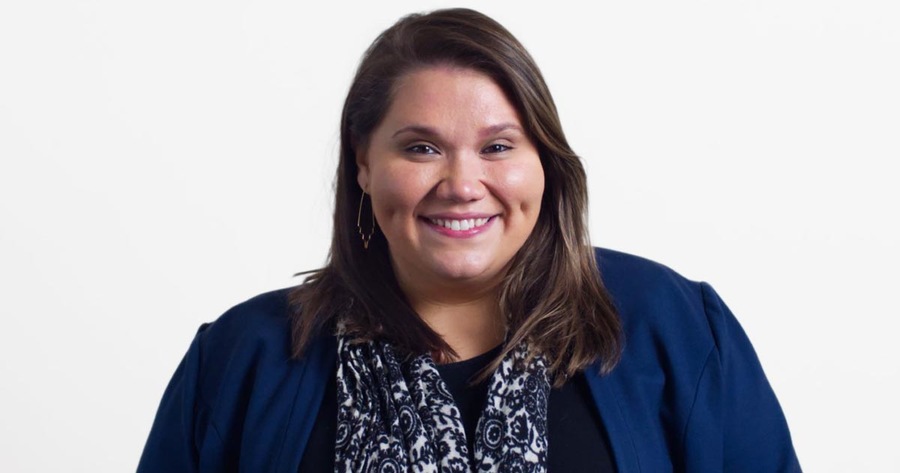Lillie, who is highly involved in various community committees and task forces, acknowledges many efforts are focused on looking at the whole child and what young people will need as supports upon returning to school and their programs.
"Curriculum and academics aren't going to be the main priority. But for the first month, it really needs to be social-emotional mental health," said Lillie, who is on the senior leadership team for her school district. "We're so lucky because we have so much access from working with the school department. It gives us great access in terms of not just being part of the conversations, but really driving those conversations of the work that needs to happen and what that's going to look like."
Several organizations have been involved in developing plans for schools to reopen. For example, the Food Security Task Force in Framingham includes affordable housing complex communities, religious and interfaith leaders, YMCA and Boys & Girls Clubs of America out-of-school time providers, and volunteer community members with a focus on building principle leadership.
"That was a huge intentional choice for us, including building base leaders, because oftentimes I think a lot of this work happens in community and you have one or two representatives from a school department. But we're serving 10,000 students in this community—it's essential for us to include a lot of principle leadership," said Lillie. "It's really a medley of different providers from very different aspects, from different ages."
That task force in particular, Lillie said, is very collaborative and meets with the Mayor weekly to assess who is still in need of resources. The area's Summer Planning Committee, Lillie notes, is made up of city-based providers such as the library, parks and recreation, and the schools.
"We sent out a survey to the whole city of any provider that provides programming to find out answers to questions like, 'Do you plan on providing programming? If so, what will that look like?'" said Lillie, adding those providers were also given an opportunity to join the committee. "Our model in general is very collaborative. Our district leadership, superintendent and Mayor are very intentional about ensuring all stakeholders are at the table."
In many other communities Lillie has worked in, those conversations have been more insular.
"The Fall Task Force—which envisions what the next school year is going to look like—is comprised of all school-based personnel, representative of all different positions," said Lillie, noting community-based partners will be invited to join once more details around reopening become available. "Right now, what we're doing is creating all hypothetical scenarios around what school might look like and looking at what the challenges with those scenarios are."
This is a time where we have the opportunity to revolutionize education.
"Clearly, community partners have bent to support us and our families. What are the ways in the fall—with potentially a blended, in-person or fully remote model—that we need to bend to support community-based partners in return?"
Lillie notes the weekend their district went remote, they distributed Chromebooks and Wi-Fi hotspots to students.
"That was initially the biggest thing we addressed with families, was that if we were going remote, we needed to get Chromebooks in their hands and internet access.
"That has been really helpful because we were very concerned with the access aspect. Framingham has a large population of undocumented families and immigrant communities that often uses less technology in general, so we really wanted to address that first."
In addition to surveys for outreach, teachers, social workers, and school psychologists have been calling families weekly.
"We have a running document, not only of parent feedback but also of immediate needs," said Lillie. "We also have had open family engagement where people can just drop in and ask questions. We've deployed a bunch of different strategies, and I would say the direct phone calls—to the point—have been the most successful."
When it comes to afterschool programs and leaders wanting to approach city partners with their plans, simply asking goes a long way.
"We've had a lot of community partners straight-up email us and ask us," said Lillie. "Also, without even being asked, it's important that providers and programs are thinking about their capacity and bandwidth. What are our funding streams and what are our possibilities within that?"
It's important that providers stay ready to pivot, remain nimble and take a city approach.
"That's the biggest thing I would advise to community providers is they need to have their own internal conversations around what they have capacity for, because just as things went remotely very quickly, I imagine it's going to be similar for restarting," said Lillie, touching on her three largest goals for reopening:
1. Reinventing staff management and staff support.
2. Directly connecting with families and ensuring they feel supported.
3. Determining what actual program structure is going to look like.
Courtesy of NAA. Photo courtesy of Tiffany Lillie.

